In today’s digital age, a laptop has become an essential tool for work, education, and entertainment. With a myriad of options available, selecting the best laptop can be overwhelming. This guide aims to simplify the decision-making process by highlighting key factors to consider, along with essential features to look for, helping you make an informed decision without overspending.
1. Define Your Needs and Budget
Before exploring specifications, start by asking yourself two key questions:
– What will I mainly use this laptop for?
– How much am I willing to spend?
Your answers will shape the kind of laptop you need. For instance, a student requiring a laptop for typing and web browsing won’t need the same specifications as a graphic designer or a gamer. Knowing your needs will help you avoid paying extra for features you don’t require or purchasing a laptop that isn’t powerful enough for your tasks.
2. Processor: The Heart of Your Laptop
The processor is a vital component, determining how well your laptop performs tasks. In Zimbabwe, Intel processors are the most common, so we’ll focus on those.
Rule of Thumb: Stay away from dual-core and Celeron processors. While they are cheaper—ranging from $250 to $300 for a new laptop—their performance is often inadequate for modern software like Windows 10 or 11. Instead, aim for at least an Intel Core i3 (8th generation or newer) for basic tasks. For more demanding activities, consider an i5 or i7.
When selecting a laptop, don’t just consider the processor type; also pay attention to its generation. The generation (e.g., 7th, 8th, 10th) directly influences performance, battery life, and compatibility with current software. Intel’s 8th generation processors and newer are designed for Windows 10 and 11, offering improved speeds, multitasking, and energy efficiency. The latest Intel processor is currently at the 14th generation.
Older processors may be less expensive but often struggle with modern applications, leading to slower performance, overheating, and a reduced lifespan. Best choice? Aim for at least an 8th generation Intel Core i3 or higher. Avoid anything older than the 7th generation unless your budget is very tight.
3. Brand New vs. Second-Hand: Weighing Your Options
Budget is a major consideration for many Zimbabweans, and second-hand laptops are typically more affordable than brand-new ones. Each option has its pros and cons:
– Brand New Laptops: These usually come with warranties and are less likely to have issues, but they are pricier. For a new laptop, choose one with a 12th generation or newer processor.
– Second-Hand Laptops: These are more budget-friendly, but caution is essential. Always check the laptop’s condition, particularly the battery life and overall performance. Opt for a second-hand laptop with at least an 8th generation processor.
A well-maintained second-hand laptop can perform just as effectively as a new one, making it a good choice for tight budgets.
4. Laptop vs. Desktop: Why Laptops Are Ideal for Zimbabwe
Due to frequent power cuts in Zimbabwe, laptops are often a more practical option than desktops. They use less power, making them suitable for solar setups or during load-shedding. Additionally, laptops are portable, allowing you to work from any location.
5. Battery Life: A Crucial Consideration
Battery life is an important factor, especially in a country with unreliable electricity. A decent laptop should last at least 3 hours on a single charge. If you’re purchasing a second-hand model, thoroughly test the battery to ensure it’s in good condition.
6. Storage: How Much Do You Need?
The storage capacity you need depends on how you plan to use your laptop:
– Basic Use (Documents, Emails, Web Browsing): A 256GB SSD is sufficient.
– Media Consumption (Streaming Movies, Music): You won’t need a large hard drive, as streaming reduces the need for local storage.
– Gaming, Graphic Design, or Large Files: Aim for at least 512GB or 1TB of storage.
One important tip: always go for a laptop with an SSD (Solid State Drive). SSDs are faster and more reliable than traditional hard drives, greatly enhancing your laptop’s performance.
7. RAM: Ensuring Smooth Multitasking
RAM (Random Access Memory) impacts how well your laptop can handle multiple tasks at once. Here’s what we recommend based on workload:
– Low Workload (Schoolwork, Browsing, Casual Gaming): 4GB RAM is the minimum, but 8GB is ideal for future-proofing.
– Medium Workload (Gaming, Graphic Design, Programming): 8GB RAM is essential.
– Heavy Workload (3D Animation, CAD, Mobile App Development): 12GB or more, ideally with a dedicated graphics card.
8. Laptop Brands in Zimbabwe: Does It Really Matter?
When purchasing a laptop, many people focus on the brand. However, the brand itself is less crucial than the internal components. Major laptop brands like HP, Lenovo, Dell, and Acer primarily assemble parts from third-party manufacturers.
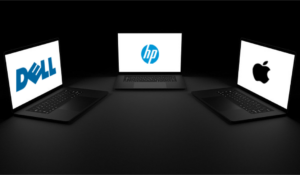
The key components—processor, RAM, and SSD—come from reliable global companies. For instance, Intel and AMD make processors, Samsung, Crucial, and Kingston produce RAM, and Western Digital and Samsung manufacture SSDs. As long as a laptop has a modern processor (8th generation or newer), sufficient RAM, and an SSD, it will perform well, regardless of the brand. A Core i5 10th gen with 8GB RAM and an SSD will deliver similar performance whether it’s from HP, Lenovo, or Dell.
One Key Difference: Batteries and power adapters are often unique to each brand. Unlike processors and RAM, which are more standardized, laptop batteries can vary. To avoid future issues, consider brands like HP, Dell, or Lenovo, as local retailers typically have spare parts and accessories for these brands.
9. Recommendations by Workload and Budget
To simplify your search, here’s a breakdown of the best laptops for various uses and budgets:
Low Workload
– Examples: Typing documents, browsing the internet, casual gaming, streaming music/movies.
– Recommended Specs: Intel Core i3 (8th gen or newer), 4GB RAM, 256GB SSD..
Medium Workload
– Examples: Gaming, graphic design, programming.
– Recommended Specs: Intel Core i5, 8GB RAM, 512GB SSD.
Heavy Workload
– Examples: 3D gaming, CAD systems, 3D animation, mobile app development.
– Recommended Specs: Intel Core i7, 12GB+ RAM, dedicated graphics card, 1TB SSD.
Final Thoughts: Start Small if Necessary
If your budget is extremely tight, you might come across older laptops selling for as little as $50. While these models (like the Pentiums and dual cores) are outdated, they can still serve a purpose if you’re in desperate need of a basic computer for school or work.
That said, if you can stretch your budget, aim for at least a Core i3 with an SSD. It’s a worthwhile investment that will save you from headaches down the line.
Choosing the best laptop involves assessing your needs, setting a budget, and understanding essential specifications. By considering the factors outlined in this guide, you can make an informed decision and find a laptop that best suits your lifestyle and requirements. Remember that the perfect laptop is one that balances performance, portability, and price, tailored specifically to your unique needs.
Take your time, do your research, and happy laptop hunting!



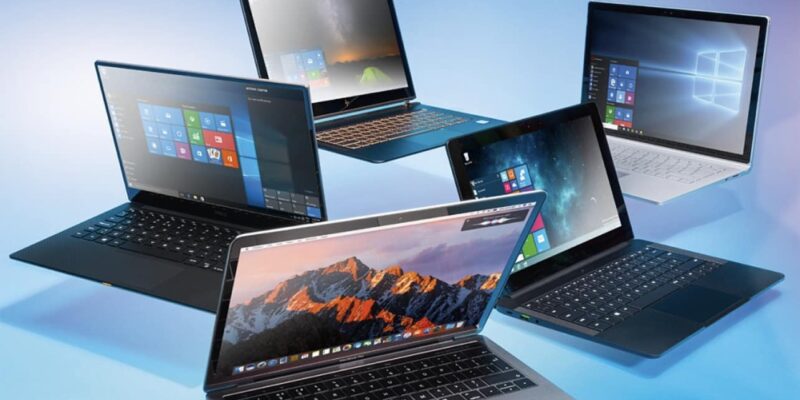

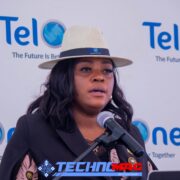


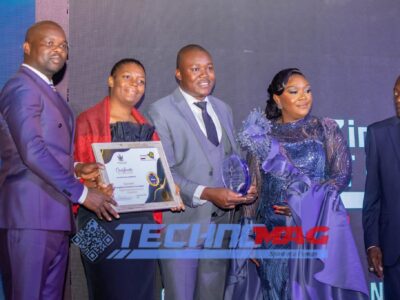


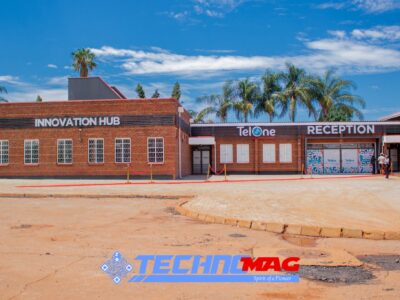



Comments